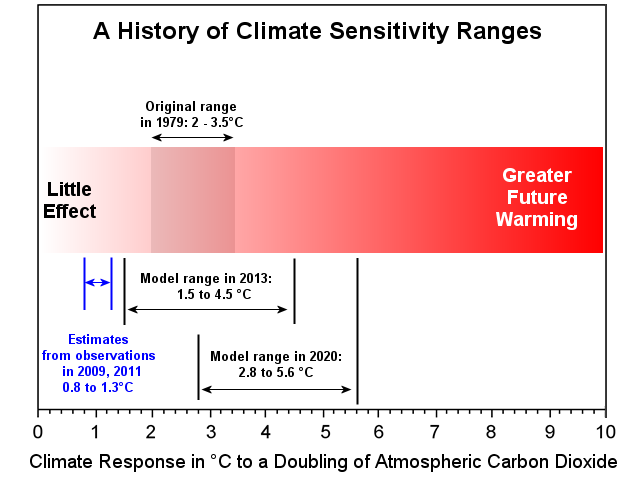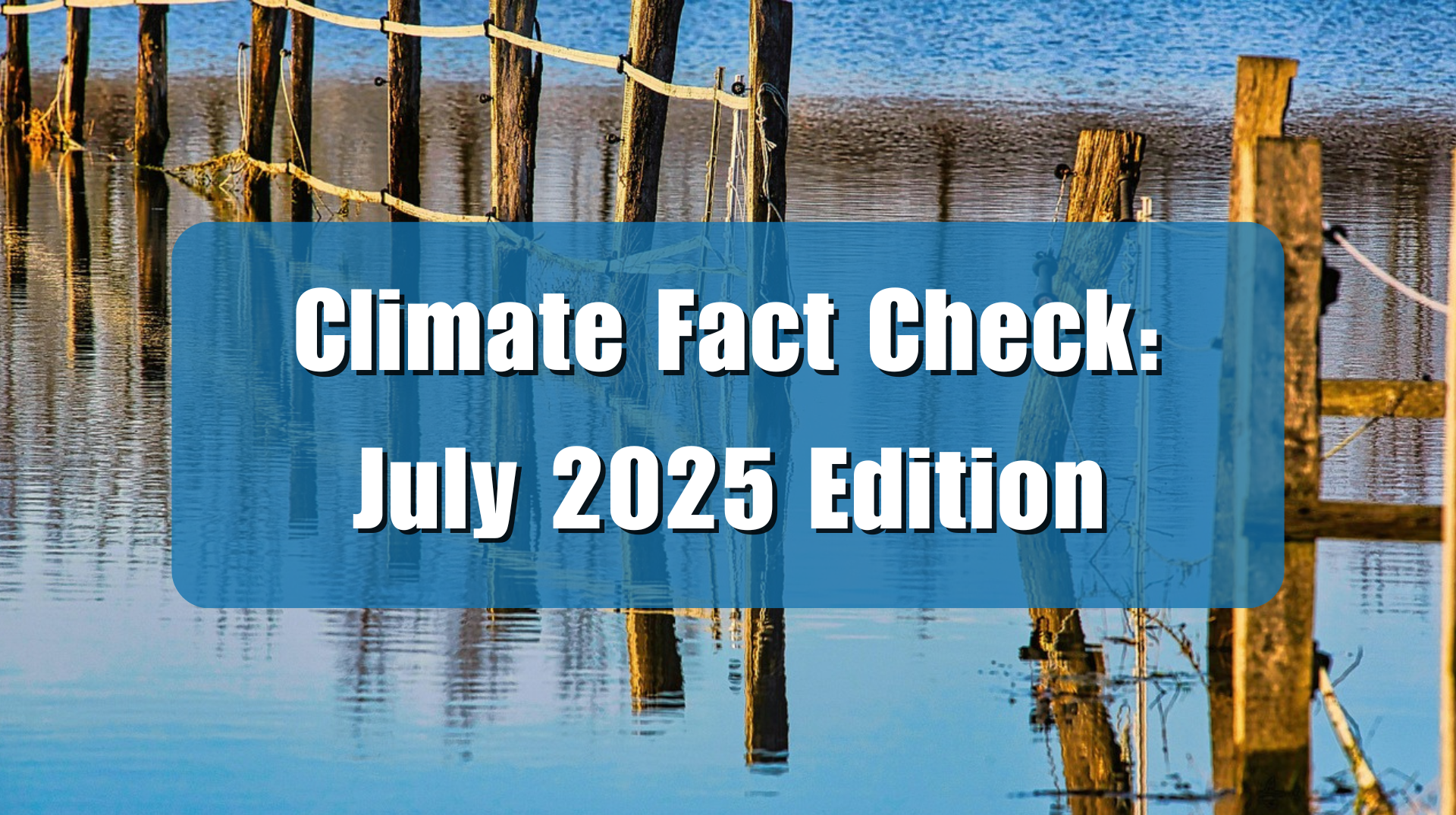This past week, Syukuro Manabe and Klaus Hasselmann shared the Noble Prize in physics for their work which led to early computer models of the Earth’s climate. Unlike many Nobel-worthy accomplishments that are based on hard data or newly discovered processes, the result which was awarded this year’s Noble Prize was simply a guess; one that still doesn’t have an answer, more than 60 years later.
As the BBC reports,
“It is incredibly difficult to predict the long-term behaviour of complex physical systems such as the climate. Computer models that anticipate how it will respond to rising greenhouse gas emissions have therefore been crucial for understanding global warming as a planetary emergency.”
The Associated Press reported on Manabes work, heaping on praise saying, “…other climate scientists called his 1967 paper with the late Richard Wetherald “the most influential climate paper ever,” And, Manabe’s Princeton colleague Tom Delworth called Manabe “the Michael Jordan of climate.”
CNN reported,
“Manabe …. harnessed the calculating power of early computers and applied it to climate. In the late 1960s, his climate circulation model was on a computer that occupied a whole room and only had half a megabyte of memory. After hundreds of hours of testing, the model showed that carbon dioxide had a clear impact — when the level of carbon dioxide doubled, global temperature increased by over 2°C.”
Glowing reviews, crude early calculations, and wild claims of a “planetary emergency” aside, the bottom line is that the climate models then and now still don’t have a certain answer as to how much warming will occur with the addition of greenhouse gases to our atmosphere. The reason? Scientists still haven’t been able to nail down the single most important variable known as “climate sensitivity,” which determines how much warming will occur with a doubling of carbon dioxide in Earth’s atmosphere.
As referenced in Climate at a Glance: Climate Sensitivity, for decades, scientists have debated the effect of climate sensitivity, due to the uncertain nature of climate feedback in various models.
Models are only as good as their input. GIGO, or garbage in, garbage out is a commonly used phrase in the modeling and data analysis community.
Declaring future predictions of global warming “settled science” requires a fairly precise calculation of future temperatures. However, since climate sensitivity was first identified more than 40 years ago, scientists and climate models have produced a very broad range of potential future temperature patterns. Estimates in peer reviewed studies range from 0.8°C warming to almost 6.0°C warming by 2100.
See the figure.

Such a large range of uncertainty means climate model temperature projections remain dubious, at best. Whether your climate model is a crude rendition running on an ancient computer, or a complex model on a new supercomputer that can do billions of calculations per second, if you don’t have the actual value of climate sensitivity to use in the equations, your end result will always be a guess. This is why the range on the figure is so broad.
If climate scientists don’t understand the Earth’s atmosphere well enough to nail down a true climate sensitivity value for increased carbon dioxide and other greenhouse gases, and don’t understand and know how to model the other factors which drive climate change, such as clouds, how can we trust climate model projections of future warming that rely on such an uncertain value?
And that’s what we have – an uncertain guess that was given a Nobel Prize.
Physicist Lubos Motl didn’t mince words when he wrote of the award on his website:
“But even if the two men deserved such an award, which they don’t, it is absolutely unforgivable how the prize was justified. It was justified by buzzwords (I especially mean the nonsensical superstitious phrase “global warming”) that are almost identical like those in the justification of the Nobel Prize in Peace for pure scammers such as Al Gore. In this way, the Nobel Prize has committed suicide and I don’t want to hear about it again. The political motivation of this prize is 100% obvious.”























The 1979 ECS range from The Charney Report was +3 degrees C. +/- 1.5 degrees C. and stayed the same for about 40 years
I don’t understand why the chart shows 2 – 3.5 degrees C.
Of course one wild guess is just as good as another wild guess.
It’s not just GIGO that pertains to models, but ‘assumptions made vs results sought’. Every model is a set of assumptions about reality. Estimates at best, robust estimates if you are doing well, but in the end, all are assumptions. Thus: ‘all models are wrong, but some are useful’.
When the public hears ‘model’ they possibly think of something like a plastic model aircraft kit: right in the details, but it don’t fly. Statistical models are similar, except they are not right in any detail. Of course, they don’t fly even more egregiously.
Great report. Manabe got the best prize in science for the worst model in climate.
[…] In the past week, two more articles have been added to the growing body of literature discussing the fact that climate models have consistently failed to project the Earth’s temperatures and temperature trends accurately, since their inception. […]
[…] consistently failed to project the Earth’s temperatures and temperature trends accurately, since their inception. As if that were not bad enough, The Wall Street Journal and Powerline report climate […]